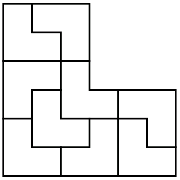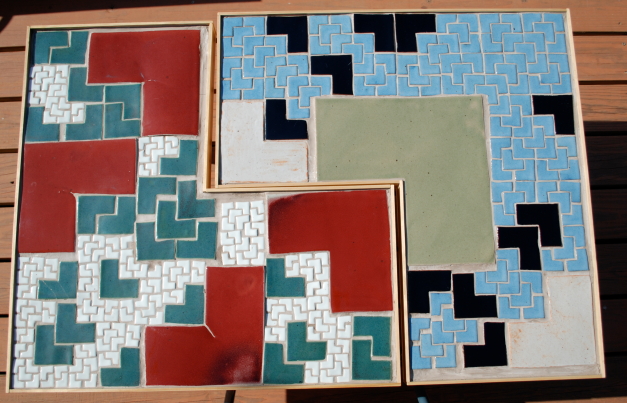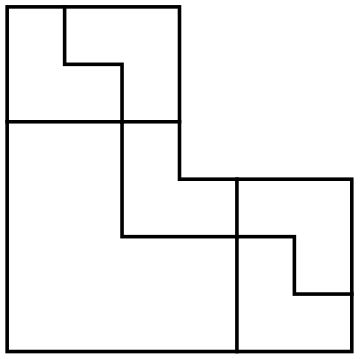Conditional Probability and “He Said, She Said”
by Peter Winkler
As a writer of books on mathematical puzzles I am often faced with delicate issues of phrasing, none more so than when it comes to questions about conditional probability. Consider the classic “X has two children and at least one is a boy. What is the probability that the other is a boy?”
It is reasonable to interpret this puzzle as asking you “What is the probability that X has two boys, given that at least one of the children is a boy” in which case the answer is unambiguously 1/3—given the usual assumptions about no twins and equal gender frequency.
This puzzle confounds people *legitimately*, however, because most of the ways in which you are likely to find out that X has at least one boy contain an implicit bias which changes the answer. For example, if you happen to meet one of X‘s children and it’s a boy, the answer changes to 1/2.
Suppose the puzzle is phrased this way: X says “I have two children and at least one is a boy.” What is the probability that the other is a boy?
Put this way, the puzzle is highly ambiguous. Computer scientists, cryptologists and others who must deal carefully with message-passing know that what counts is not what a person says (even if she is known never to lie) but *under what circumstances would she have said it.*
Here, there is no context and thus no way to know what prompted X to make this statement. Could he instead have said “At least one is a girl”? Could he have said “Both are boys”? Could he have said nothing? If you, the one faced with solving the puzzle, are desperate to disambiguate it, you’d probably have to assume that what really happened was: X (for some reason unconnected with X‘s identity) was asked whether it was the case that he had at least one son, and, after being warned—by a judge?—that he had to give a yes-or-no answer, said “yes.” An unlikely scenario, to say the least, but necessary if you want to claim that the solution to the puzzle is 1/3.
Consider the puzzle presented (according to Alex Bellos) by Gary Foshee at the recent 9th Gathering for Gardner:
I have two children. One is a boy born on a Tuesday. What is the probability I have two boys?
If the puzzle was indeed put exactly this way, and your life depended on defending any particular answer, God help you. You cannot answer without knowing, for example, what the speaker would have said if he had one boy and one girl, and the boy was born on Wednesday. Or if he had two boys, one born on Tuesday and one on Wednesday. Or two girls, both born on Tuesday. Et cetera.
Now, there is nothing mathematically wrong (given the usual assumptions, including X being random) about saying that “The probability that X has two sons, given that at least one of X‘s two children is a boy born on Tuesday, is 13/27.” But if that is to be turned into an unambiguous puzzle attached to a presumed situation, some serious hypothesizing is necessary. For instance: you get on the phone and start calling random people. Each is asked if he or she has two children. If so, is it the case that at least one is a boy born on a Tuesday? And if the answer is again yes, are the children both boys? Theoretically, of the times you reach the third question, the fraction of pollees who say “yes” should tend to 13/27.
Kind of takes the fun out of the puzzle, though, doesn’t it? Kudos to Gary for stirring up controversy with a quickie.
Share: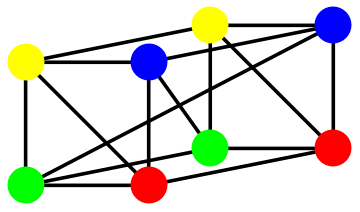 As soon as I realized that there is such a graph-theoretical object, I started to run around MIT asking everyone if such objects were studied or have a name.
As soon as I realized that there is such a graph-theoretical object, I started to run around MIT asking everyone if such objects were studied or have a name.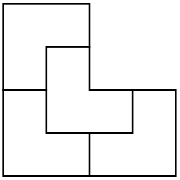 I remember a math problem from my childhood: divide an L-shaped triomino into four congruent parts. The answer is in the picture on the left. Such division is quite appropriately called a reptile (repetitive tiling).
I remember a math problem from my childhood: divide an L-shaped triomino into four congruent parts. The answer is in the picture on the left. Such division is quite appropriately called a reptile (repetitive tiling). 